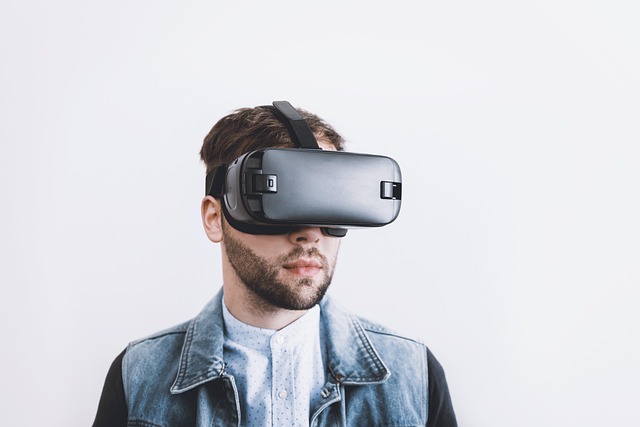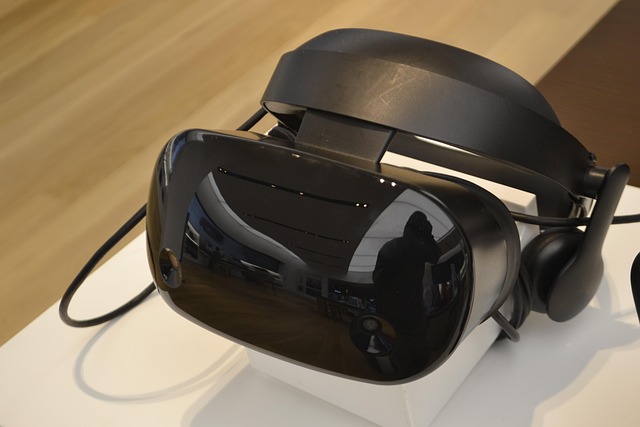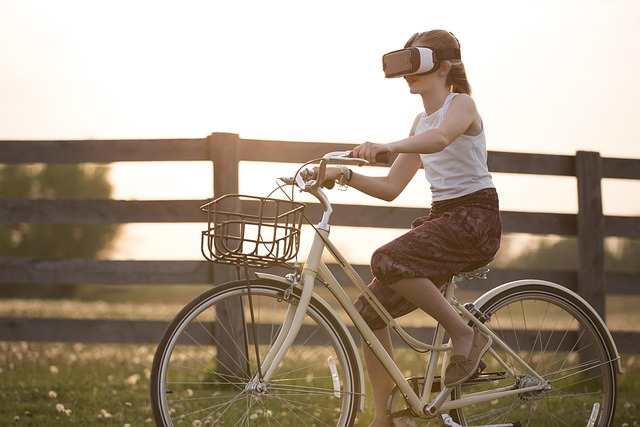The gaming landscape is evolving faster than ever, and at the forefront of this evolution is the burgeoning field of real-time simulation. As players dive into immersive experiences, technologies like Virtual Reality (VR), Augmented Reality (AR), and the concept of the Metaverse are transforming how we engage with games and each other.
Imagine stepping into a world where boundaries of reality dissolve. With VR, gamers are transported to entirely new dimensions—where they can slay dragons, explore alien planets, or even build cities. The beauty of real-time simulation in VR lies in its ability to create an environment that reacts instantaneously to player actions. This level of interactivity allows for unique narratives and gameplay experiences, making every player’s journey distinct.
On the other hand, AR blurs the line between the real world and the digital realm, adding layers to our everyday surroundings. Games like Pokémon GO have showcased how AR can enrich the gaming experience, encouraging players to engage with their environment in new ways. When combined with real-time simulation, AR creates opportunities for dynamic gameplay that changes based on the player’s location, social interactions, and even the time of day. Think scavenger hunts guided by a simulated world while you navigate through your neighborhood—a perfect blend of fun and reality.
Both VR and AR serve as gateways to the Metaverse, a virtual universe where users can interact, play, and create. The Metaverse promises an unparalleled level of social interaction within games, offering a place where players can build communities, host events, or simply hang out. Real-time simulation in the Metaverse means your character can seamlessly transition between game genres and experiences, from racing in one corner to crafting in another, all while engaging with players from around the globe. It’s a place where imagination knows no bounds.
Furthermore, game developers are leveraging real-time simulation to create richer, more engaging narratives. Imagine branching storylines that respond instantly to your choices or environments that evolve based on player interactions. The possibilities are expanding, and the need for seamless integration of VR, AR, and the Metaverse will only grow. As technological advancements continue to push the limits of what’s possible, we find ourselves on the brink of a new era in gaming. The convergence of these technologies promises to redefine entertainment, offering players experiences that are not just played, but lived.
As we embark on this journey into the future, the emotional connection to gaming deepens. With real-time simulation, whether you’re donning a headset or looking through your smartphone camera, the worlds created are becoming more than just pixels on a screen; they are immersive realities that evoke genuine feelings and shared experiences. The way we perceive games is shifting unmistakably. The future is bright, and it’s ripe with possibility.




